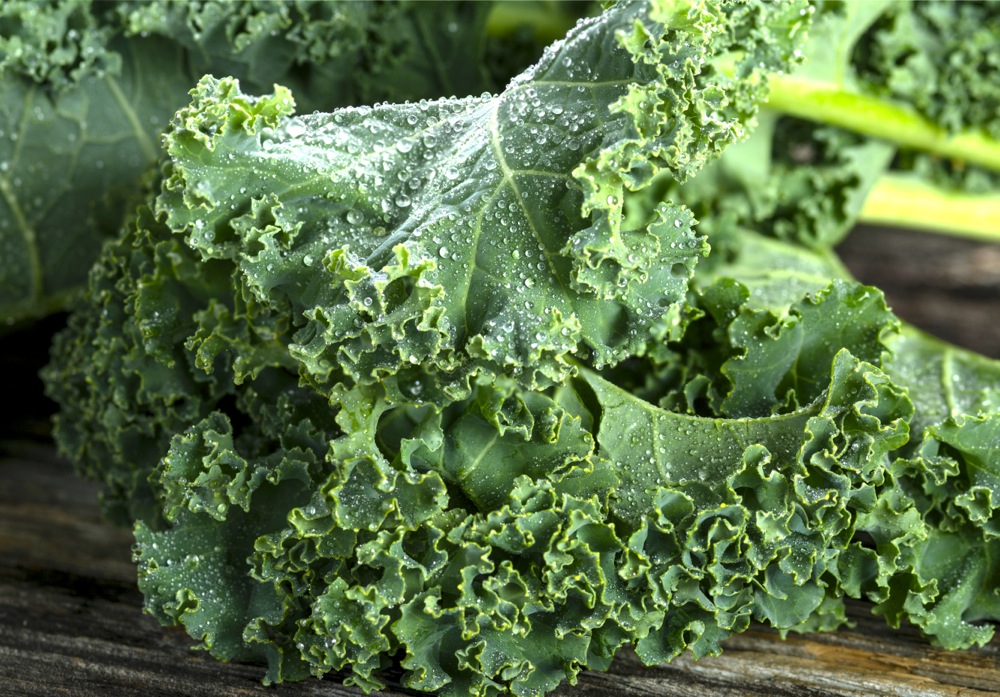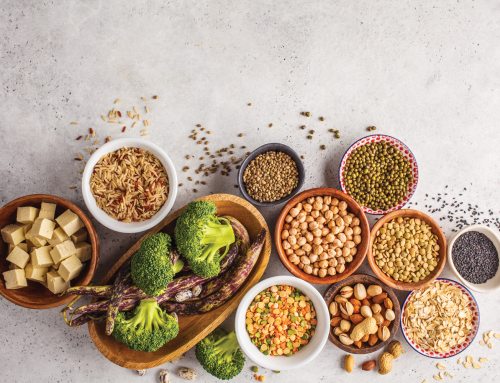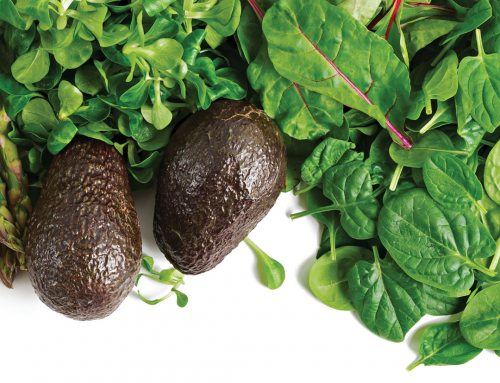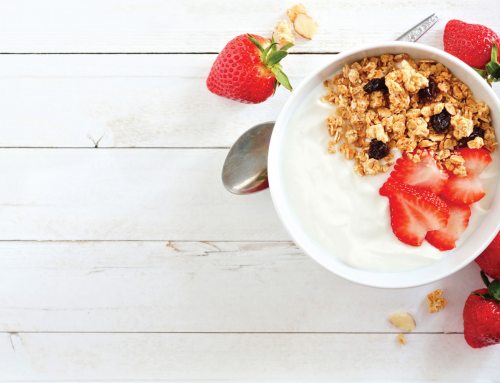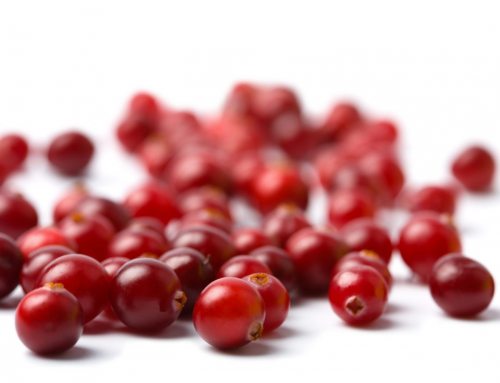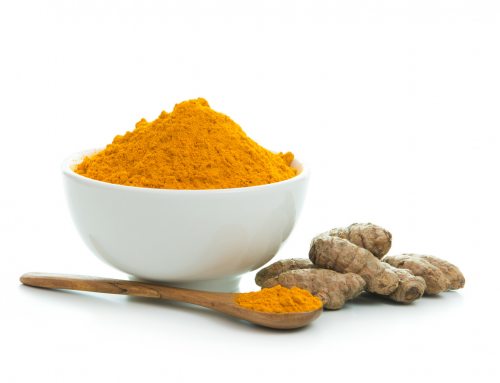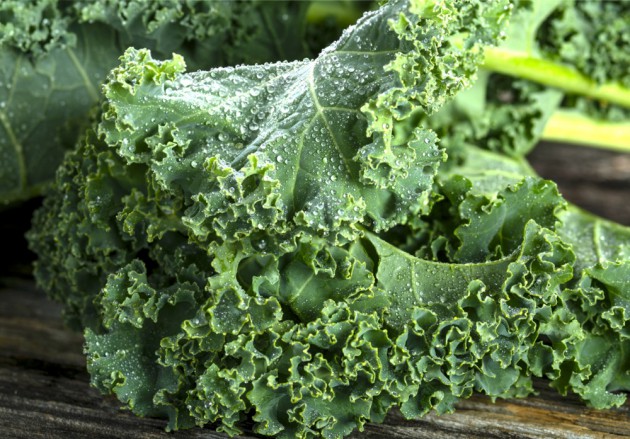
Super-food kale is more popular than ever, which is a good thing, since it’s bursting with vitamins and minerals. Kale comes from the cabbage family, which also includes broccoli, cauliflower, and collards.
One cup of kale has just 33 calories, nearly 3 grams of protein, 2.5 grams of fiber, and is loaded with vitamins A, C, and K. Kale also contains folate, a B vitamin that’s key for brain development as well as Lutein and zeaxanthin (nutrients that give kale its deep, dark green coloring and protect against macular degeneration and cataracts).
Kale can be curly or flat. You can usually find a variety of kale at your local farmers markets, while most major grocery stores should have at least one. When buying kale look for dark, crisp leaves. Remove the leaves from the tougher stalks when you get ready to cook or eat it.
Here are a few different ways to eat kale:
Sauté it: Kale is ideal to sauté as its leaves are tougher than spinach leaves and won’t wilt as quickly. Add a splash of olive oil and a little onion or garlic and cook for just a few minutes in a pan.
Make a kale salad: Raw kale is great in a salad! Kale Caesar salads are becoming popular in restaurants as of late, too. Again, tougher kale leaves will hold up better than alternatives like lettuce in oil-based dressings.
Bake kale chips: Just a little olive oil drizzled over lightly salted leaves is all you need to make kale in your oven. Kale chips are also available in many grocery stores, but be sure to check labels to make sure you’re not reaching for a deep-fried high-calorie snack.


